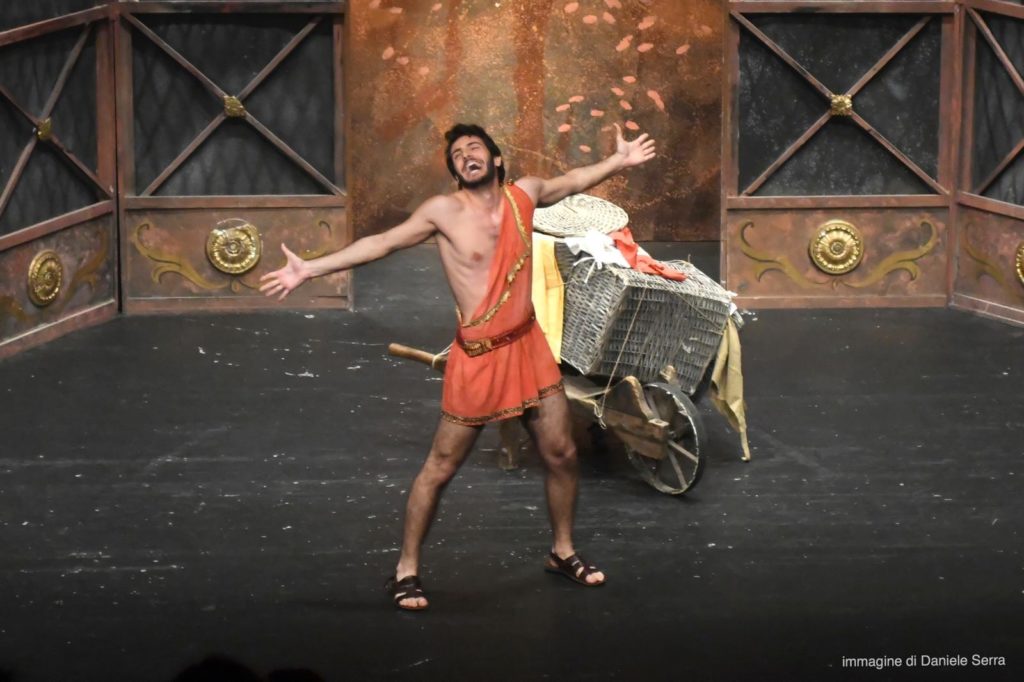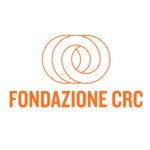Augusta Bagiennorum, Roma at the foothills of the Alps
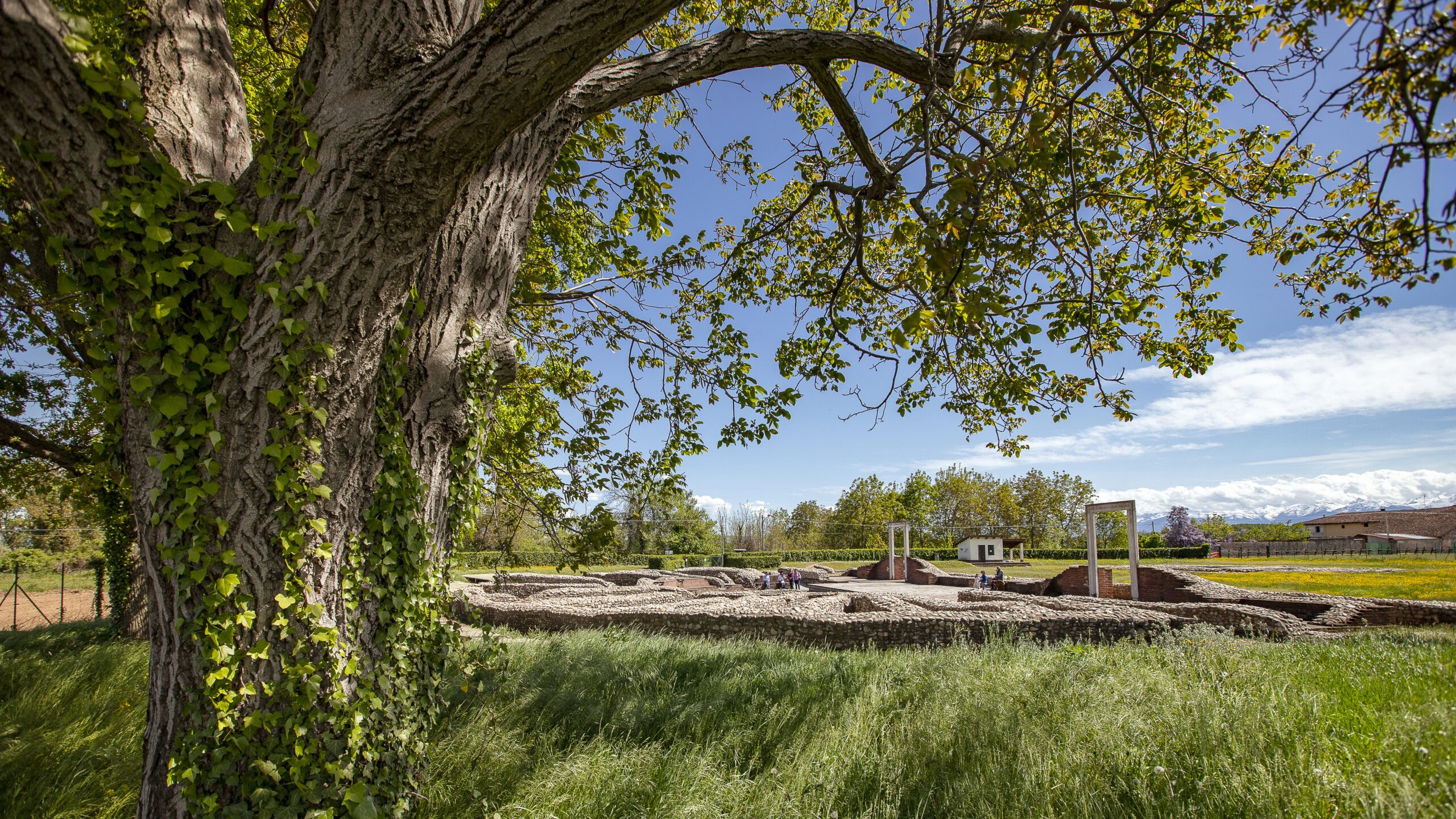
The ruins of the ancient city, and in town a Museum with remains and reconstructions in 3D
“Acta est fabula, plaudite!”
C. Suetonius Tranquillus
De Vita Caesarum, II – Augustus (99-100)
Suetonius describes in this way the last moments of Octavian Augustus’ life in his “De vita
Caesarum”. It was the 19th of august of 14 d.C, he called his friends around, he asked for a mirror
and he had his hair done: in this way, at the age of 77, the first Roman emperor breathed his last.
His veterans, at the end of the century, founded Augusta Bagiennorum, on that land inhabited by
the Ligurian Bagienni between the rivers Stura of Demonte and Tanaro: a strategic location.
“Augusta”, that is the “city of Augusto”, was located just outside the modern-day town, in the area
now known as Roncaglia.

Let’s close our eyes and imagine it: 21 hectares of Roman town, spread over 30 blocks. At its heart was the area of the forum, one side for the public, the other dedicated to worship. The capitolium has recently been excavated and next to it rise, still imperious, the stones of the theatre. The theatre is still actively used, and this ancient setting is the showcase for an annual festival. The site is open to all, from sunrise to sundown. Admission is free. Nearby there is the Ellena farmhouse with its “Roman kitchen-garden”: it’s a private inn, and just the right place to satisfy your appetite.
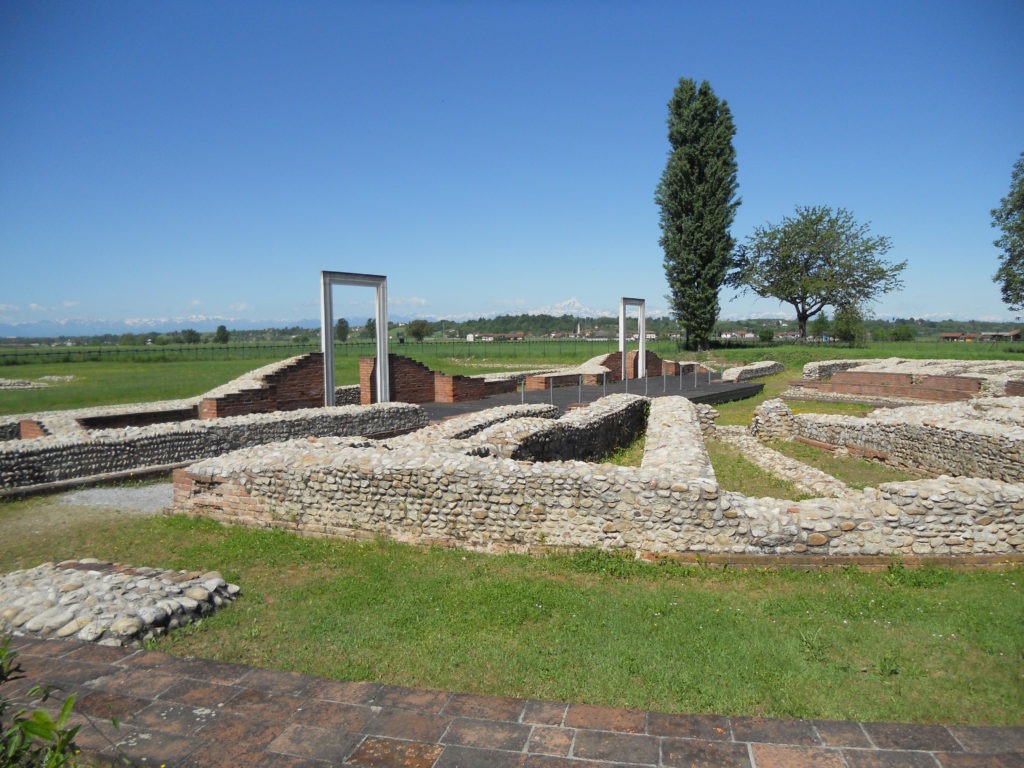
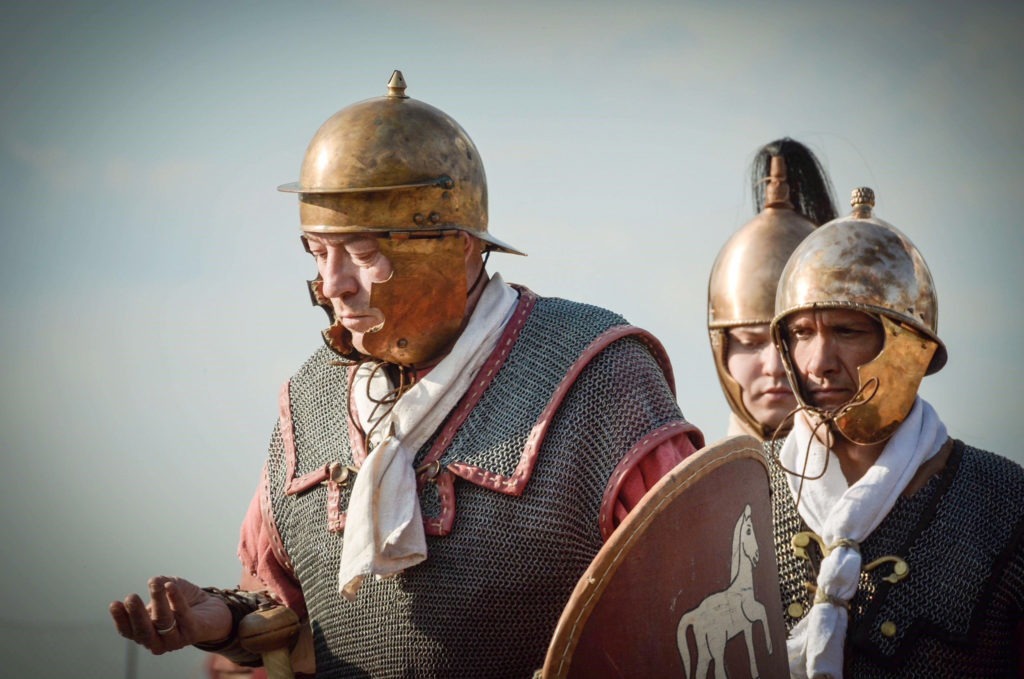
Some few hundred meters away you can see the ruins of the amphitheatre, which emerged during more recent excavations around the year 2000. «It was the stadium of its era – explains Doctor Garbarino, of the Archaeological Superintendence of Fine Arts – “and that is how it has to be imagined. Built purposely in the suburbs, to allow the influx of various “factions” and to avoid
clashes. It had the function of hosting the various (very popular) combat shows».
All this we can see with our own eyes, thanks to the 3D project of architect Davide Borra, on show in the Archeological Museum which is located in the centre of Bene Vagienna. Paying a call to the museum is not only a mandatory integration after visiting Augusta Bagiennorum but is also an opportunity to see the most precious findings from the archeological site, because Augusta
Bagiennorum is also a piece of the history of Italian archaeology. “The excavations” – continues
doctor Garbarino –“were carried ahead courageously by the two pioneers Giuseppe Assandria and Giovanni Vacchetta towards the end of the nineteenth century. When they started, they had only literary knowledge of Augusta Bagiennorum, then everything else was discovered. They rented the land in the autumn and dug great trenches. Nowadays, thanks to them, we have knowledge of things that have not yet come to light. Now, with current technologies we have made progress: more than a thousand traces of Paleolithic artifacts have been identified as well as pollen and plant remains, which can help us understand what the climate was like. In addition, around the capitolium, burial sites dating back to the Middle Ages have emerged. The Early Medieval Roman Town lives on.

__________

BENE VAGIENNA
The archaeological area can be visited by automatic opening.
www.benevagienna.it
THE ARCHEOLOGICAL MUSEUM
Palazzo Lucerna of Rorà, is open on Saturdays (15-18,30) and Sundays (10-12, 15-18,30).
Tel. 0172654969
Mail: ufficioturismo@benevagienna.it



